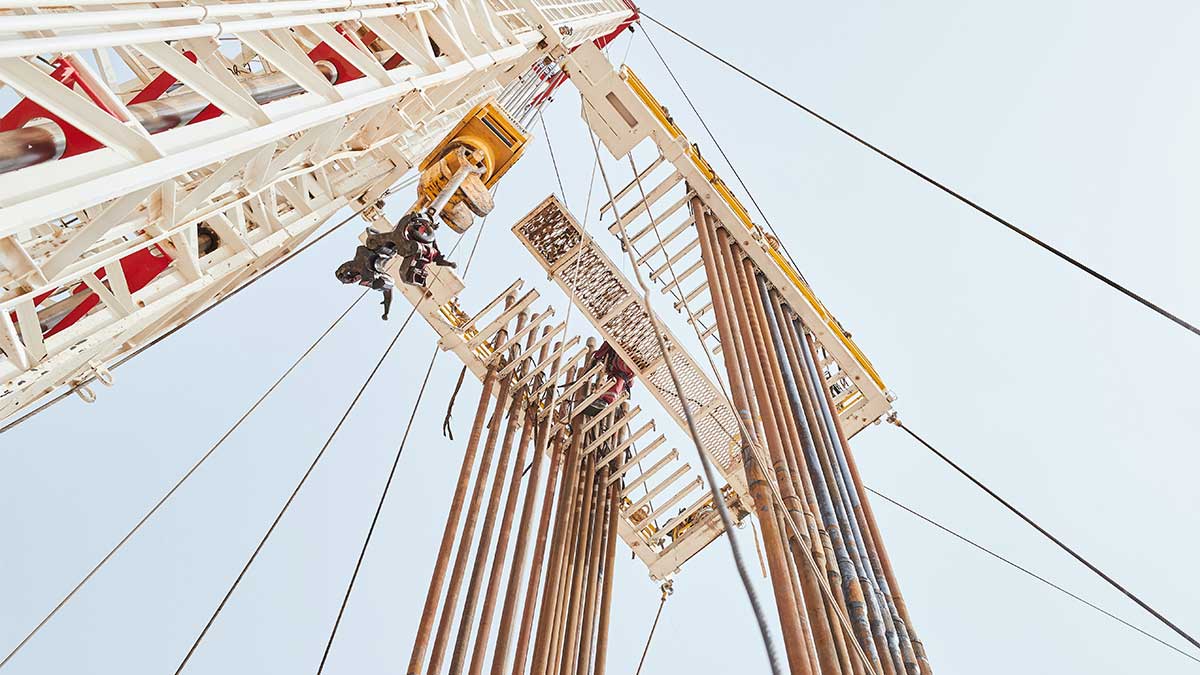Structural Inspection Outcomes by HJ3: Concrete and Steel Assessment

Concrete
NEED SOME CONTENT HERE
Acoustic Sounding
Acoustic sounding identifies areas of delamination that often times are not visible.
Chloride Testing Surface & Depths
Measuring the amount of chlorides that have migrated into the concrete surface detemines the corrosive state of the concrete and reinforcement. This informs the repair strategy and expected repair life.
Specimen Extraction
When evaluating the strength of concrete structures, concrete coring is used to determine the actual compressive strength.
Condition Assessment
With a full condition assessment, our forensic engineers evaluate the condition of the assets to ensure they are operating properly or to determine what is needed to bring the asset back to full capacity.
Molecular Make-Up of Concrete
Microscopic evaluation of concrete reveals the concrete formulation, bonds, and the likely failure modes of corroding concrete.
Rebar Assessment
Assessing rebar allows the engineer to determine the amount of carbon fiber required for a repair based on the amount of steel loss experienced by the structure.
Crack Mapping
When visible cracks appear in concrete structures, the inspector will map the location and severity of the cracks to determine the amount of corrosion to the underlying rebar.
Chemical pH Testing
While new concrete is in an alkaline state, over time it will transition into an acidic state which aids in the corrosion of the underlying rebar.
Long-term Strength Testing
Concrete strength can diminish over time due to air and chemical exposure. Testing for chemical saturation will detemine the repair life.
Drone Inspection
HJ3's FAA licensed drone inspection team expands site documentation coverage by adding aerial insights which saves cost, time, and increases safety by accessing dangerous or inaccessible areas.
Steel Inspections
NEED SOME CONTENT
UT Inspection
Ultrasonic testing is used to confirm existing wall thickness and establish an corrosion rate in steel.
Chloride Testing
Measuring the amount of chlorides that have embedded into the steel surface will identify the necessary treatment to provide a long term repair.
Damage Mapping
When visible damage appears in steel structures, the inspector will map the locations and severity of the defects to determine the amount of corrosion to the structure.
Condition Assessment
With a full condition assessment, our forensic engineers evaluate the condition of the assets to ensure they are operating properly or to determine what is needed to bring the asset back to full capacity.
Testing
As concrete absorbs carbon dioxide from the environment over time, this causes a decrease in the compressive strength of the concrete. Testing determines the depth and extent of carbonation.

.png)


